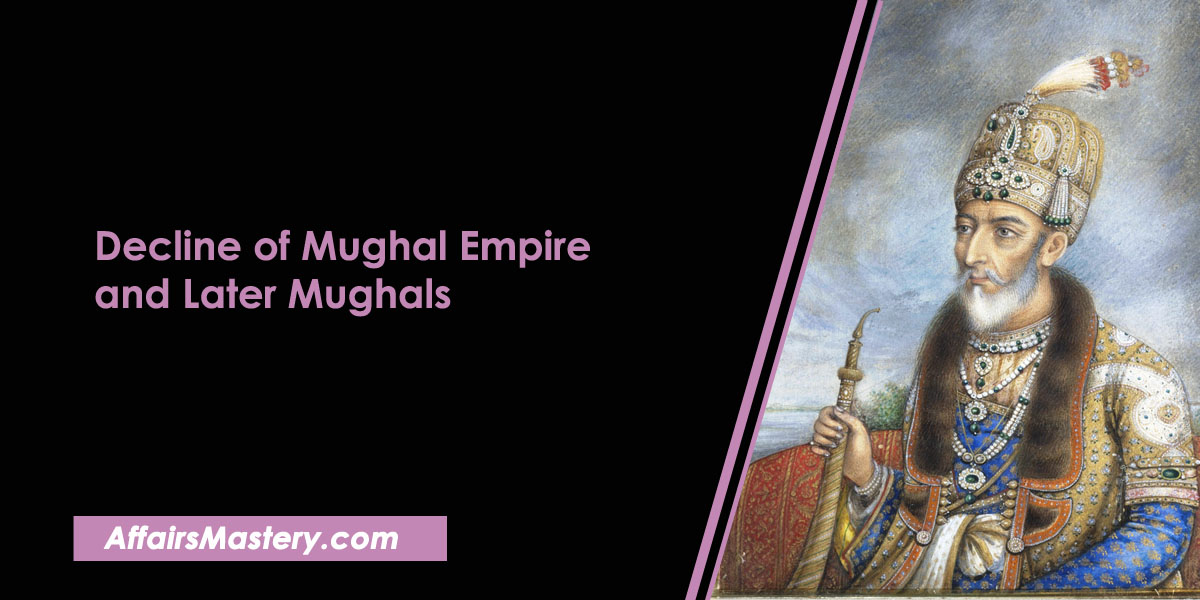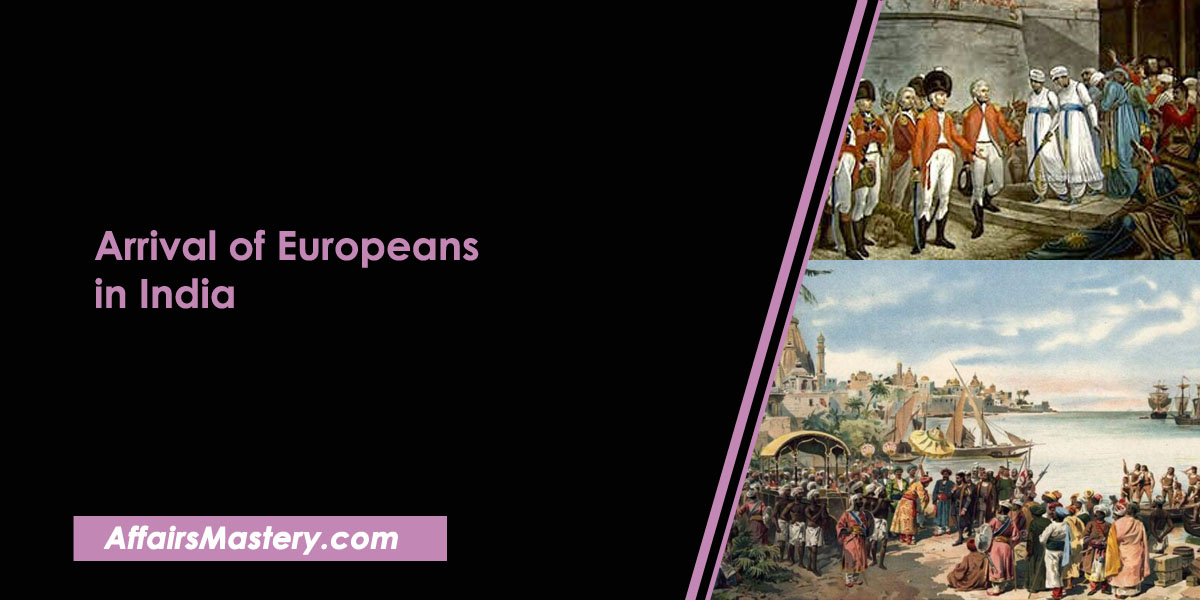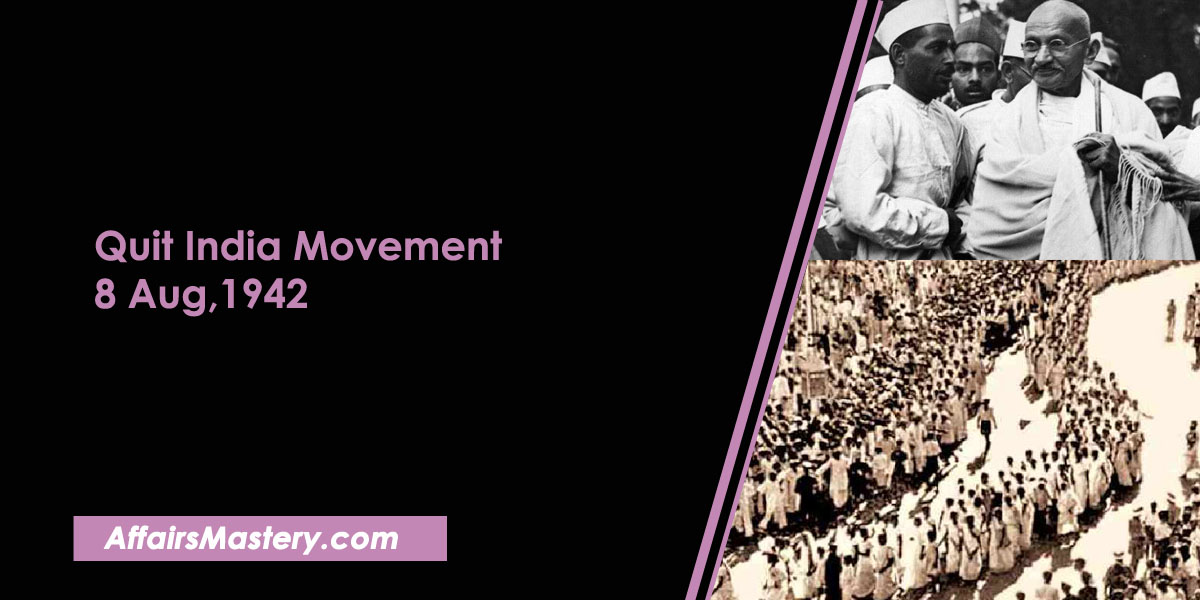Constituent Assembly of India and its Composition: Important Short Notes
Constituent Assembly of India and its Composition. This article will provide all the necessary information about the constituent assembly and its composition of various committees, which is essential to understand from an examination point of view. From the perspective of an examination like State exams, SSC, Banking, Railways and any other One Day exam, all the necessary facts and information are listed below. Major Committees of Constituent Assembly of India.
About Constituent Assembly
- The concept of a constituent assembly was first suggested by M.N. Roy in 1934, but it wasn’t until 1946 that the actual body was formed based on the cabinet mission plan which outlined its purpose and structure
- Constituent Assembly was formed for the purpose of writing a constitution for independent India. Under the Cabinet Mission plan of 1946, elections were held for the formation of the constituent assembly.
- The members of this assembly were elected indirectly i.e. by the members of provincial assemblies by the method of single transferable vote of proportional representation.
- Out of the total 296 seats allocated to British Provinces, Congress won 208 seats.
- Out of 78 Muslim seats, Muslim league secured 73 seats, three by the Congress, one by Krishak Praja Party of Bengal and one by a Punjab Unionist.
- Sikhs who had boycotted elections, on getting assurance from the Congress Working Committee, elected four representatives for representation in the Constituent Assembly in the middle of August, 1946.
- Apprehending the dominating majority of the Congress in the Constituent Assembly, Muslim League decided to withdraw its previous support to the Cabinet Mission Plan and resolved to Direct Action on August 16, 1946 to achieve its goal of Pakistan.
- On 9th September, 1946, the first meeting of the Constituent Assembly was organized at Delhi but unfortunately boycotted by the Muslim League.
- Ultimately the British government decided that the decisions of the Constituent Assembly would not be enforced in the Muslim majority areas.
- On 9 December, 1946 the Constituent Assembly was formed in India.
- Dr Sachidanand Sinha was the first temporary Chairman of India’s Constituent Assembly.
- On 11 December 1946, President Rajendra Prasad was appointed along with vice-chairman Harendra Coomar Mookerjee and constitutional legal adviser B. N. Rau to help shape the India’s constitution in a meaningful way.
Composition of Constituent Assembly
| Committee Name | Chairman |
|---|---|
| Drafting Committee | Dr. B. R Ambedkar |
| Union Constitution Committee Union Powers Committee States Committee | Jawaharlal Nehru |
| Steering Committee Rules of Procedure Committee | Dr. Rajendra Prasad |
| Provincial Constitution Committee | Sardar Vallabhbhai Patel |
| Fundamental Rights Sub-Committee | Acharya Kripalani |
| Minorities Sub-Committee | H C Mookerjee |
| Excluded and Partially Excluded Areas (except Assam) Sub-Committee | A V Thakkar |
| North-East Frontier Tribal Areas and Assam Excluded and Partially Excluded Areas Sub Committee | Gopinath Bardoloi |
If you find our content helpful and interesting, please consider joining us on Telegram @affairsmastery_official to show your support. We would really appreciate it!
Related articles
- Important Battles in Indian History
- Important treaties in Indian history
- List of Foreign Travellers who came to India
- List of Governor General of India and Viceroy of India
- Robert Clive – Important Short Notes for Exams
- Warren Hastings – Important Short Notes for Exams
- Lord William Bentinck – Important Short Notes for Exams
- Lord Canning – Important Short Notes for Exams
- Lord Mountbatten – Important Short Notes for Exams
- C. Rajagopalachari – Important Short Notes for Exams
- Lord Wavell – Important Short Notes for Exams
- Lord Linlithgow – Important Short Notes for Exams
- Lord Willingdon – Important Short Notes for Exams
- Non Cooperation Movement (1919-1922)
- Important Personalities related to Social Movements of India
- List of Important Books on Revolt of 1857 and their Author
- Important Leaders of 1857 Revolt and their places
- Important Tribal Movements in India
- Direct Action Day 1946: Important Short Notes for Exams
- Interim Government of India, 1946 and its members
- Important Socio Religious Reform Movements in India – Short Notes
- Khilafat Movement (1919-1924) – Important Short Notes for exams
- Lucknow Pact, 1916 – About, Features, Outcome (Important Short Notes)
- C R Formula or Rajaji Formula, 1944 – About, Main Points (Important Short Notes)
- Wavell Plan, 1945 – About, Main Points (Important Short Notes)









